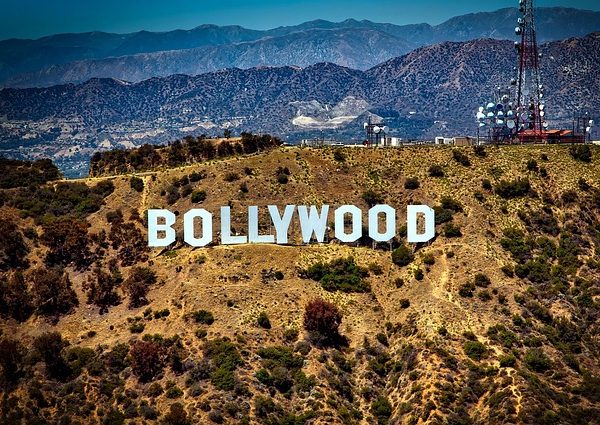India’s cinematic journey, much like its history, is rich with stories that transcend borders and resonate with audiences across the globe. While today’s Bollywood blockbusters dazzle international screens, it’s important to remember the India’s popular oldest films which laid the foundation for this thriving industry. Let’s embark on a fascinating journey through time, rediscovering some of India’s oldest films that have earned recognition and appreciation on the world stage.
A few oldest films from India that won international popularity:
1. Raja Harishchandra (1913): This silent film, directed by Dadasaheb Phalke, often referred to as the “Father of Indian Cinema,” is not just a cinematic milestone but a cultural artifact. The mythological tale of King Harishchandra’s unwavering commitment to truth resonated with audiences worldwide, even without the benefit of dialogue. Its technical advancements, including elaborate sets and costumes, earned it international acclaim and cemented its place as a cornerstone of Indian film history.
2. Achhut Kanya (1936): This poignant social drama, directed by Franz Osten, tackled the sensitive issue of caste discrimination in India. The story of an untouchable girl ostracized from society for touching a shadow of a higher-caste man struck a chord with audiences globally, sparking conversations about social injustice and human rights. Its powerful storytelling and groundbreaking themes propelled it to international film festivals and earned it praise for its social commentary.
3. Pather Panchali (1955): Satyajit Ray’s debut feature film ushered in a new era of Indian cinema. This neo-realistic masterpiece, based on Bibhutibhushan Bandopadhyay’s novel, chronicled the simple life of a Bengali Brahmin family facing economic hardship. Its lyrical visuals, poetic storytelling, and nuanced portrayal of human emotions captivated audiences worldwide, showcasing India’s cultural depth and cinematic artistry. Pather Panchali went on to win awards at international film festivals, including the prestigious Best Human Document award at Cannes, establishing Ray as a global auteur.
4. Mother India (1957): Mehboob Khan’s epic drama became a defining film of Indian cinema, captivating audiences with its powerful portrayal of a strong-willed woman battling poverty and societal pressures. Nargis Dutt’s iconic performance as Mother India, a woman forced to take on unthinkable burdens to protect her family, resonated with viewers across cultures, earning the film international recognition. Mother India won the Golden Bear award at the Berlin International Film Festival, further solidifying its place as a global cinematic treasure.
5. Sholay (1975): This masala masterpiece by Ramesh Sippy remains a cult classic even today. The action-packed tale of two ex-convicts hired to fight a ruthless bandit garnered widespread acclaim for its larger-than-life characters, catchy music, and thrilling action sequences. Sholay became the highest-grossing Indian film at the time, breaking box office records and captivating audiences worldwide with its unique blend of action, comedy, and drama.
These are just a few examples of India’s oldest films that have achieved global recognition. They remind us of the enduring power of storytelling, the ability of cinema to transcend borders and cultural barriers, and the legacy of India’s pioneering filmmakers who laid the foundation for a vibrant and dynamic film industry. As we continue to celebrate the evolution of Indian cinema, let us not forget these timeless treasures, for they not only entertain but also offer valuable insights into our history, culture, and humanity.
Remember, to fully appreciate these films, it’s important to approach them with an open mind and an understanding of the historical context in which they were made. Some of the themes and representations may not align with modern sensibilities, and it’s crucial to engage with them critically while acknowledging their contributions to Indian and global cinema.
Exploring these cinematic gems is a rewarding journey, allowing us to connect with the past, appreciate the present, and anticipate the exciting future of Indian cinema. So, grab some popcorn, dim the lights, and get ready to be transported to another time and place through the magic of these timeless treasures from India’s cinematic history.





